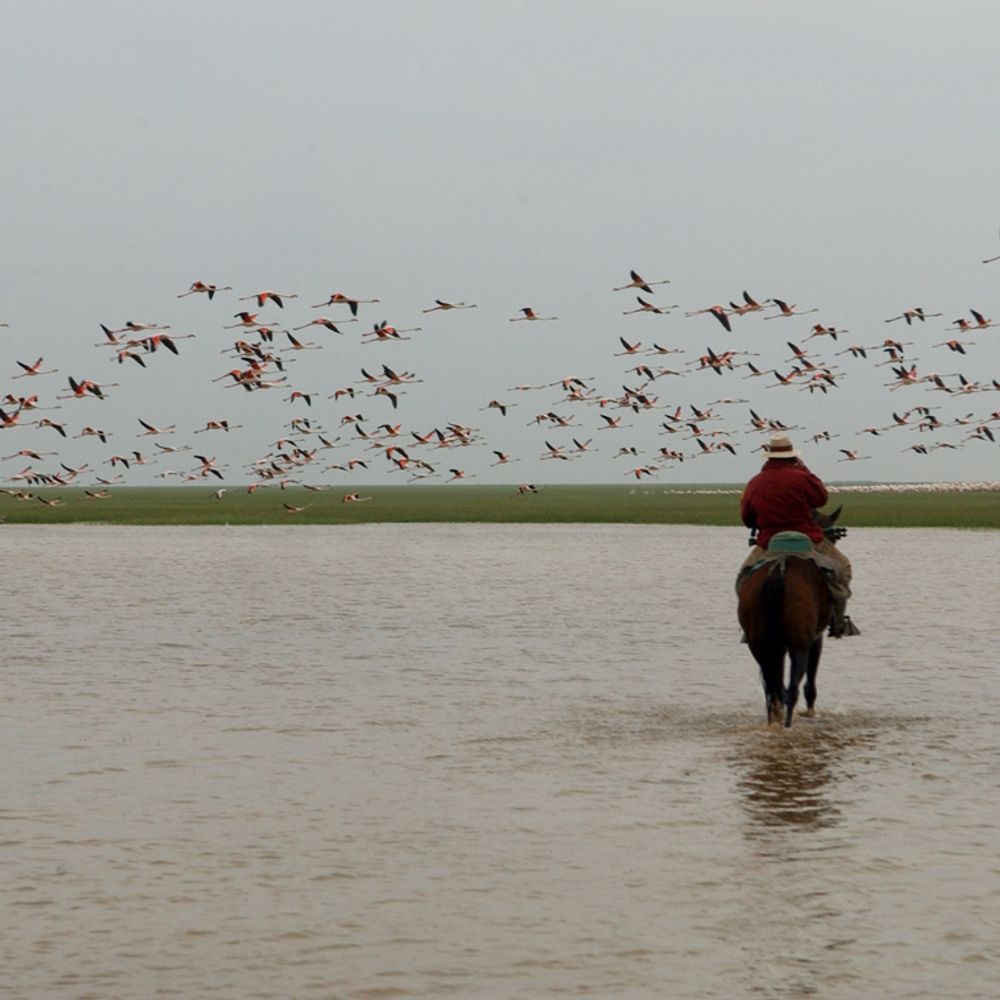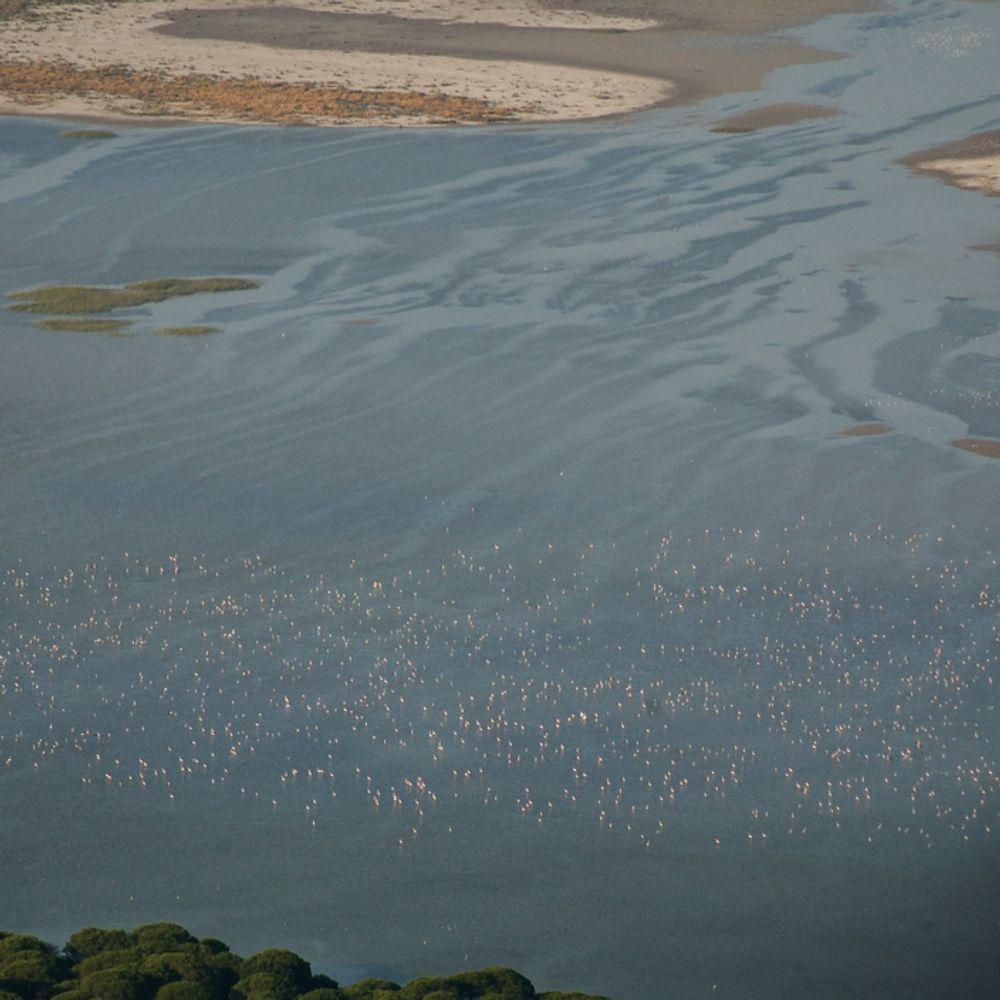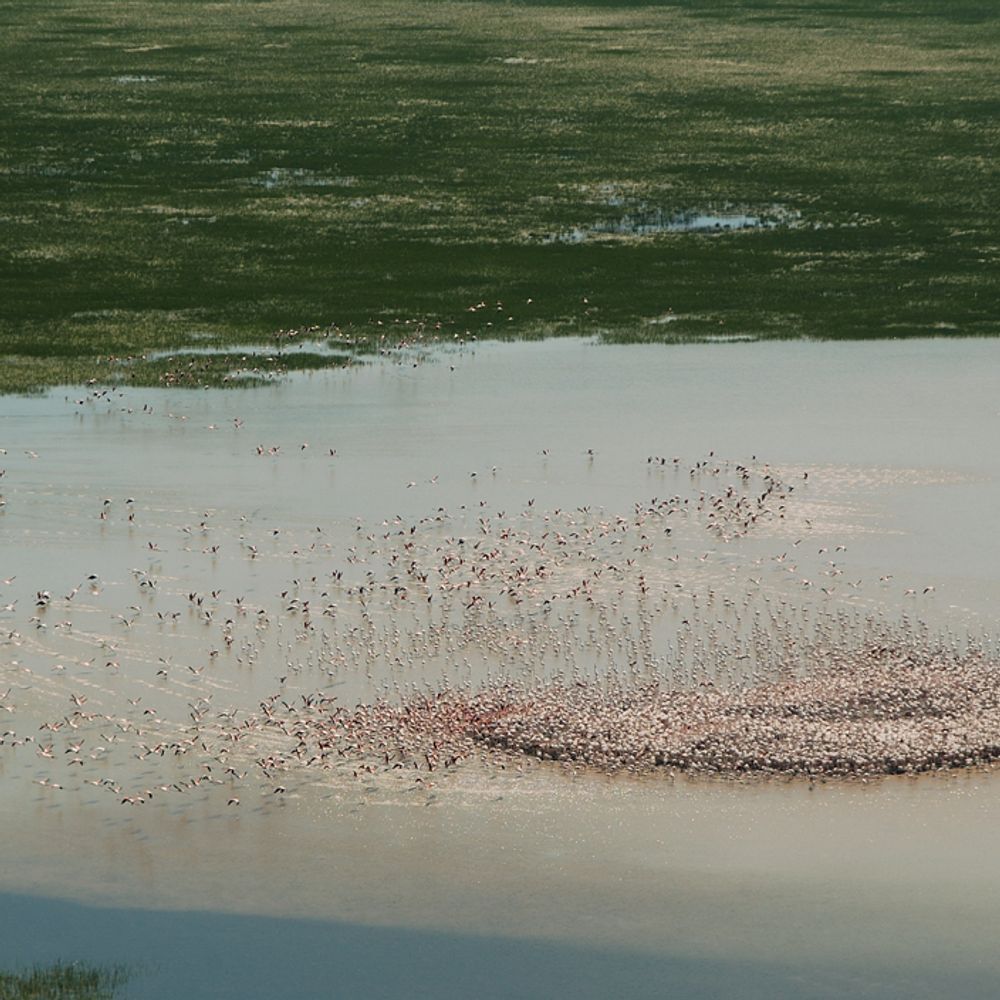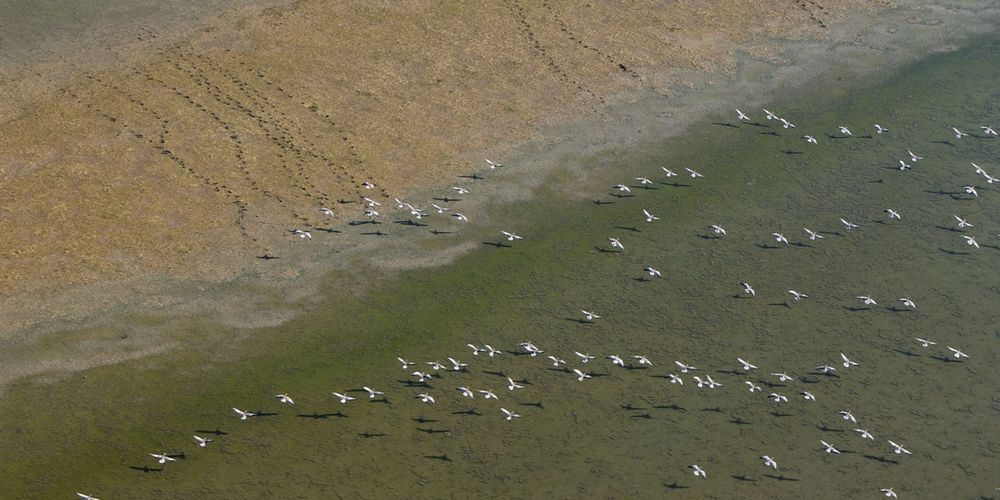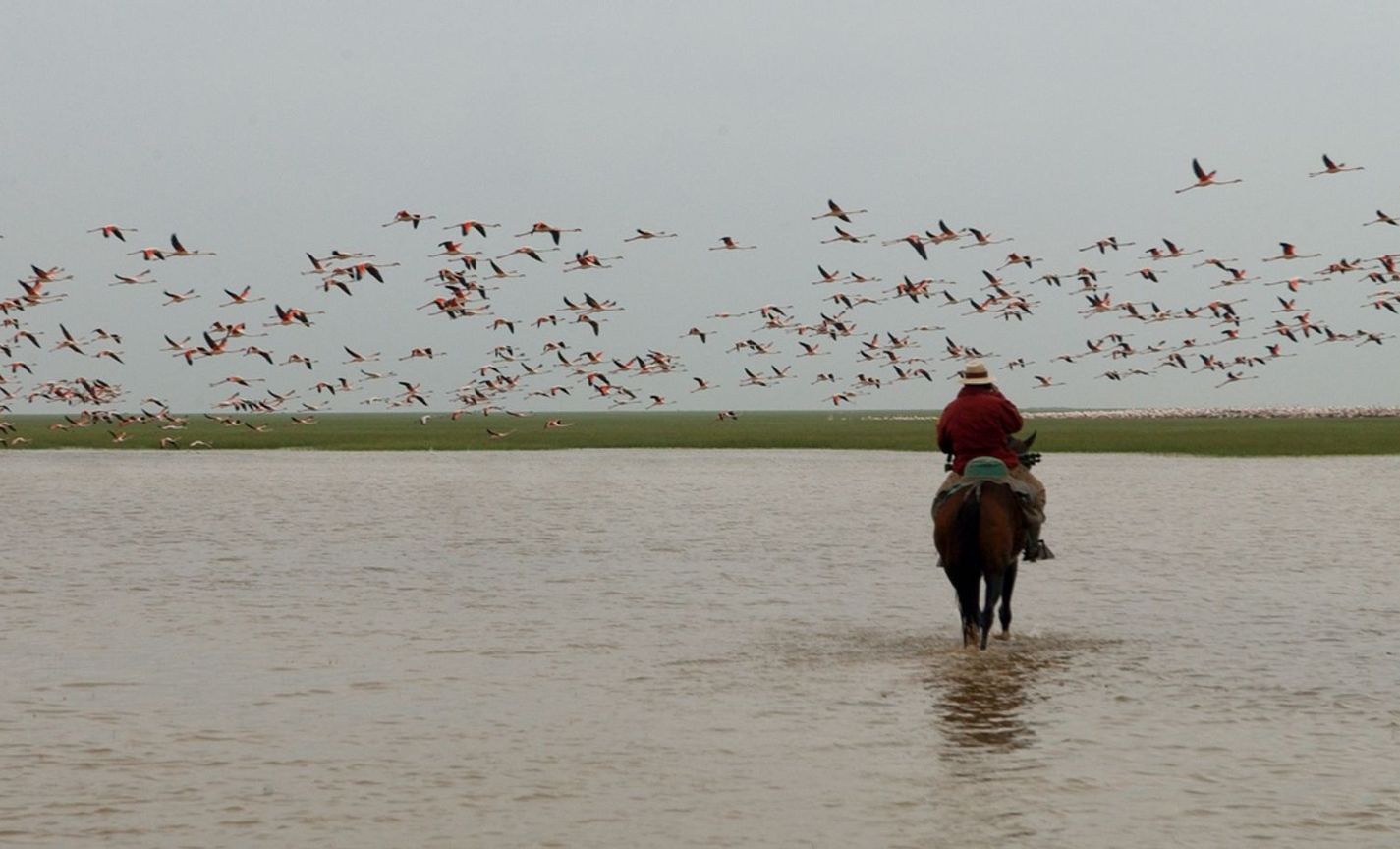Site Information
Doñana is a fragile and ecologically essential wetland, located in Andalusia in southern Spain. It is one of the largest wetlands in Europe and hosts up to half a million migratory waterbirds of over 50 different species, as well as the highly endangered Iberian lynx. Doñana is at risk from human activities: extensive research shows vegetation and soils are severely degraded, temporary ponds have reduced by over half, and waterbirds are decreasing in numbers. Doñana Biological Station (CSIC-EBD), part of the Spanish National Research Council (CSIC), carries out research to support the biodiversity, conservation and restoration of this precious habitat.
Organisation Information
The Spanish National Research Council (CSIC) is Spain’s largest public research institution and ranks third among Europe’s largest research organizations, with more than 10,000 employees including nearly 4,000 tenured researchers, working in 120 centers spread across Spain. Attached to the Spanish Ministry of Science and Innovation, it plays a key role in scientific and technological policy in Spain and worldwide.
Doñana Biological Station (CSIC-EBD) carries out interdisciplinary research aimed at understanding how biodiversity is generated and maintained, how it deteriorates, and how it can be preserved and restored. EBD is the main contributor to research at Doñana National Park, and it owns and manages two Biological Reserves (RBD and RBG) within it. http://www.ebd.csic.es/inicio
